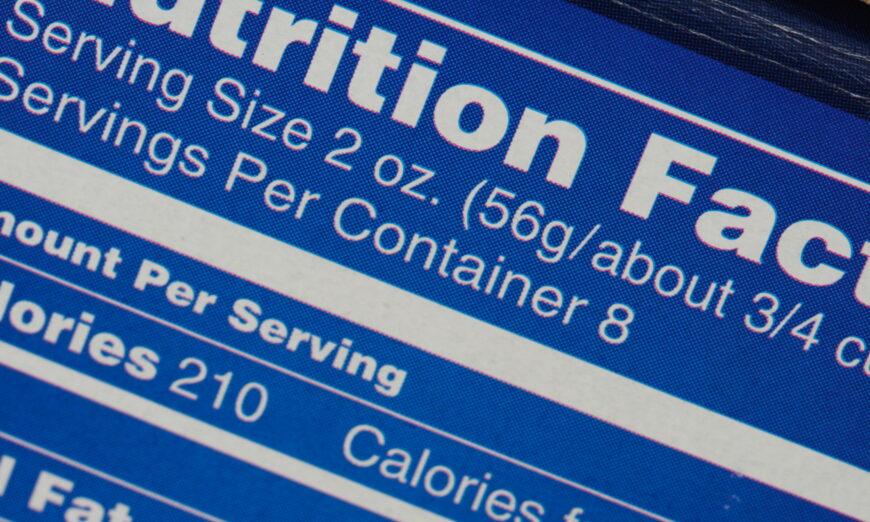
It’ll help you determine if a packaged food is healthy in less than 30 seconds. (Dreamstime/TNS)
Confused about what to look for on food labels? You’re not alone. In the past, the common starting places were often calories and total fat. Yet, those two values reveal very little about a food’s nutrient content and overall health value.
So, to get some insight on where to start, we polled more than 20 dietitians and asked them what they look at first on a label when grocery shopping. Surprisingly, the responses tended to be one of two things.
The Ingredient List
The overwhelming response isn’t a number, but rather the ingredient list. Bailee Hart, RD, shares that she’s looking for “a fairly short list of natural, whole-food and recognizable ingredients.” She also doesn’t waste time: “If there’s a long list of unrecognizable ingredients, I put it back before looking any further at the label.”
I got similar feedback from other dietitians, like Jennifer Hunt, RDN, LD, who shared that, while it may not be true for every food, “most often the quality of the ingredients trumps the macros and nutrients when I am checking out a product.”
What else are dietitians looking for in that list?
— The number of ingredients.“The fewer the better,” says Diane Norwood, M.S., RD, CDE, advice that I also received from many others.
— The order of ingredients. Manufacturers are required to list ingredients in order of weight going from highest to lowest. Leanne Ray, M.S., RDN, says looking at where ingredients fall in the list “is a great way to get a quick sense of what makes up the bulk of a recipe.”
— Added sugars. If it’s a sweetened food, then it’s important to identify the added sugar. The closer the added sugars are to the end of the list, the better, since those ingredients are in descending order. Looking for added sugars in foods that aren’t usually sweet (like pasta sauce or bread) can be a good way to decide between two similar products at the store.
The Fiber Content
If the ingredient list wasn’t the first thing dietitians said they looked at, then it was fiber. This makes sense, since most people don’t get enough fiber on a daily basis. But this is also because fiber content is often a good indicator of a food’s quality.
“Fiber content is a quick and easy way for consumers to get a clue to the nutrient density of a food,” explains chef and dietitian Michele Redmond, M.S., RDN, FAND. Redmond adds that looking at fiber amounts for carb-based foods “can help one to decide which food products offer the complex, slower-metabolizing carbohydrates associated with heart health, satiety, a healthy microbiome and other benefits.”
What else should you look for on a nutrition label?
Checking out the ingredient list and fiber content can take a lot of guesswork out of trying to choose healthier items, but where do you go from there? “Priorities for label reading really depend on health concerns,” says Bridget Swinney, M.S., RD. Carbohydrates may be the focus for those with diabetes, while sodium may be more important for those with high blood pressure. Also, a key element on that label to remember is serving size. As Jill Weisenberger, M.S., RDN, CDE, author of Prediabetes: A Complete Guide, points out, “Everything else on the Nutrition Facts panel is based on that.”